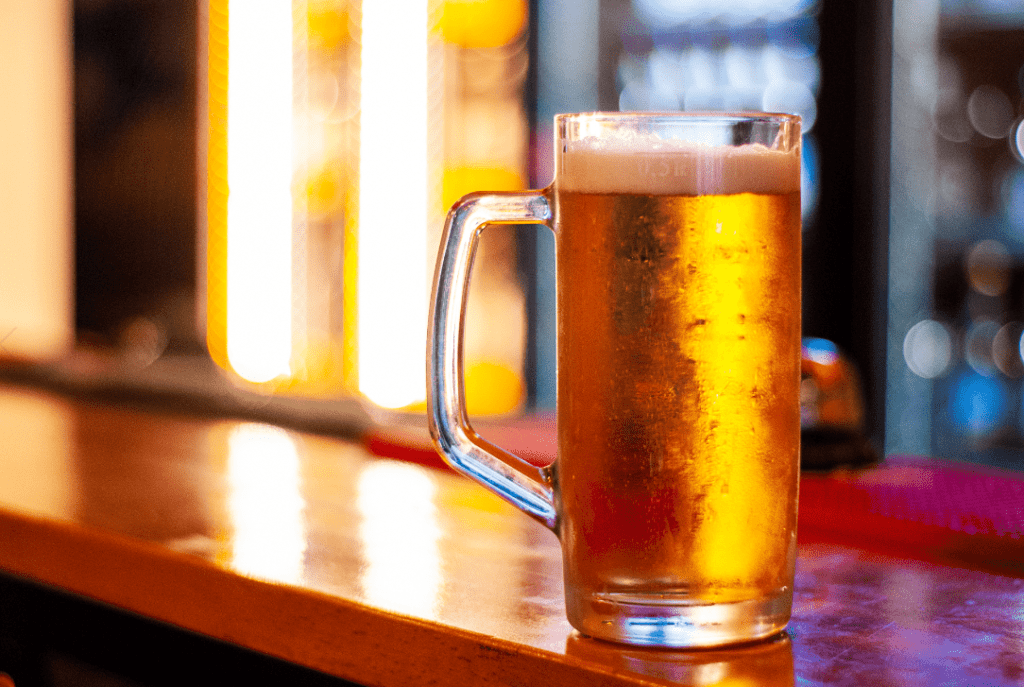
Image Source: Google
Lager beer is one of the most popular and widely consumed styles of beer in the world. Known for its crisp, clean taste and refreshing qualities, lagers have a long and rich history that dates back hundreds of years. For those who are new to the world of lager beer, it can be helpful to understand its origins, brewing process, flavor profiles, and popular varieties.
Originating in Europe, lager beer is believed to have been first brewed in the 15th century in Germany. The word "lager" actually comes from the German word "lagern," which means "to store." This is because lagers are traditionally brewed using bottom-fermenting yeast that ferments at cooler temperatures and requires longer storage periods. This slow fermentation process contributes to the clean and crisp taste that lagers are known for.
One of the key differences between lagers and ales, another popular style of beer, is the type of yeast used in the brewing process. While ales are typically brewed with top-fermenting yeast that ferments at warmer temperatures, lagers use bottom-fermenting yeast that ferments at cooler temperatures. This difference in yeast strains contributes to the distinct flavor profiles of each style.
When it comes to flavor, lagers are often described as being crisp, clean, and refreshing. They typically have a lighter body and color compared to ales, with a smooth and well-balanced taste. Common flavors found in lagers include notes of bread, malt, and a subtle hop bitterness. Lagers are generally easy-drinking and pair well with a variety of foods, making them a versatile choice for many occasions.
There are several popular varieties of lager beer that are enjoyed by beer enthusiasts around the world. Some of the most well-known styles include pale lager, pilsner, helles, and Dunkel. Pale lagers are light in color and often have a mild flavor profile, making them a popular choice for those new to lager beer. Pilsners, on the other hand, are a bit more hop-forward with a slightly bitter finish.
Helles lagers are a traditional style of German lager that are known for their malty sweetness and smooth, clean finish. Dunkel lagers, on the other hand, are darker in color and have a richer, more complex flavor profile with notes of caramel and toast. Each variety of lager offers a unique taste experience, allowing beer drinkers to explore different flavors and find their favorites.
For those who are interested in trying lager beer for the first time, there are a few tips to keep in mind. When selecting a lager, consider the flavor profile you prefer – whether you enjoy a light and crisp beer or a more complex and robust one. It can also be helpful to explore different brands and styles of lager to find the ones that suit your taste preferences.
When pouring a lager, it is important to use the proper glassware to enhance the drinking experience. A tall, narrow glass such as a pilsner glass or a stein is ideal for lagers, as it helps to maintain the beer's carbonation and showcases its color and aroma. In terms of serving temperature, lagers are best enjoyed cold – typically between 38-45 degrees Fahrenheit.
Overall, lager beer is a classic and timeless style of beer that has been enjoyed by beer lovers for centuries. Its crisp, clean taste and refreshing qualities make it a popular choice for many occasions, from casual gatherings to special celebrations. Whether you are new to the world of lager beer or a seasoned enthusiast, there is always something new to discover and enjoy about this beloved brew.
So the next time you're looking to try a new beer, consider exploring the world of lager and all that it has to offer. With its rich history, diverse flavor profiles, and wide range of varieties, lager beer is sure to delight your taste buds and leave you coming back for more.
